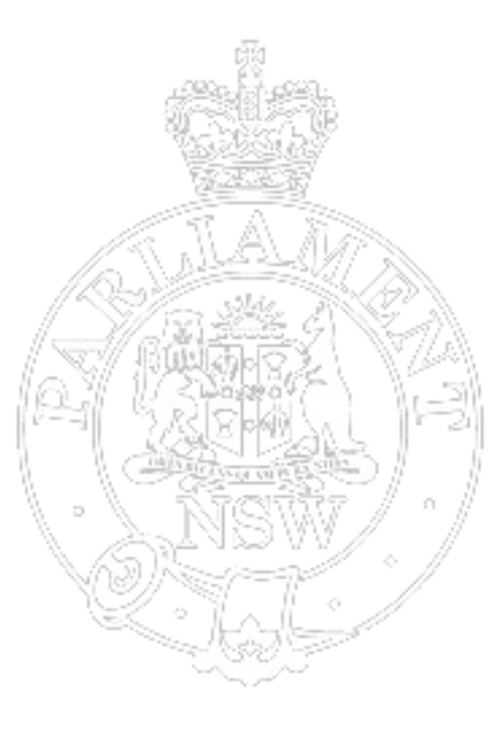There is a growing awareness of the many factors that underpin inequity in our broader community. We are also more keenly conscious of the negative impact of physical inactivity, especially in our children. Many parents in Liverpool have shared with me concerns that the cost-of-living crisis has left them unable to support children's activities. It has left them making difficult decisions about which child might access a particular activity during which season. Rising insurance costs, registration fees and the increasing disrepair of local community sporting facilities have left parents and young people struggling to incorporate adequate physical activity into their daily or weekly routine. That concern has also been highlighted by my youth advisory group. Liverpool YAG members have pointed out that the social and community safety benefits that consistent engagement in physical activity can have—especially organised physical activities—are often lost. They have also pointed out that poor transport connections and long commute times may be contributing factors.
What we see in our community on a daily basis was recently validated by research, as the Centre for Western Sydney launched its report into tackling inactivity and inequality in Western Sydney in November. The report marks a key milestone in the centre's movement for movement initiative. We know that regular activity is so important for mental, brain and musculoskeletal health. We also know how critical it is in fostering social connections, building community and improving confidence. Western Sydney boasts many beautiful green and blue spaces ranging from the world-famous Blue Mountains to the Western Sydney Parklands—Australia's largest urban park. We have access to rivers and waterways, with new initiatives such as Penrith Beach cooling people down in the extreme heat and encouraging active lifestyles. Our region is home to professional sports clubs like the Wests Tigers, the Bulldogs, GWS Giants, the Western Sydney Wanderers, Macarthur FC, South West Mounties Magic and the Sydney Kings. However, despite those amazing spaces and clubs, accessing and engaging in physical activity, sport and recreation remain a challenge for many due to structural inequities.
Inactivity already poses a significant challenge for Western Sydney, contributing to higher rates of diabetes, cardiovascular disease and obesity, and costing the region's economy some $1.5 billion annually. Inactivity is a particular issue in Liverpool and south-west Sydney broadly. The report finds that 40.9 per cent of adults in the South Western Sydney Local Health District are inactive, with those levels rising to a very concerning 61.6 per cent when considering children aged five to 15 years. The report makes clear that there is a link between inactivity and inequity. It is not just individual barriers but systematic and spatial inequities that contribute to inactivity.
Many barriers exist to active habits in Western Sydney, including lower incomes, cost-of-living pressures, time constraints, and work and care responsibilities. Unfortunately, in the Liverpool area, years of inaction on refreshing facilities like the Michael Wenden Aquatic Leisure Centre and Whitlam Leisure Centre, both of which are heavily patronised by the community but in much need of tender loving care, have left our community high and dry. The delay in just getting on with those projects has had a flow-on impact on the many community sporting groups and clubs that use those facilities or need clarity on their future so that they can plan for growth and coordinate with the kids, parents and volunteers that are the backbone of community sport.
The situation is unfortunately compounded by lack of investment in local amenity and infrastructure that supports incidental physical activity, from outdated children's play equipment—often without shade cloths that provide protection from the harsh sun of Western Sydney—to large swathes of our suburbs in the 2168 postcode area left without park gyms. All of that contributes to putting meaningful physical activity further out of reach in Liverpool. The report provides a roadmap for addressing inactivity and inequity in the region. I hope it inspires the collective action needed to build a healthier, more equitable Western Sydney. I look forward to working with my community to address this significant issue, which has a ripple effect on so many other parts of our lives. I acknowledge and commend the authors of the report, as well as WSYD Moving and David Burns, for their effort in putting together the research and the goal of inspiring movement in our region. I also note that we have the Minister for Sport in the Chamber. We have a very strong advocate for community sport and community activity in the Minister.


